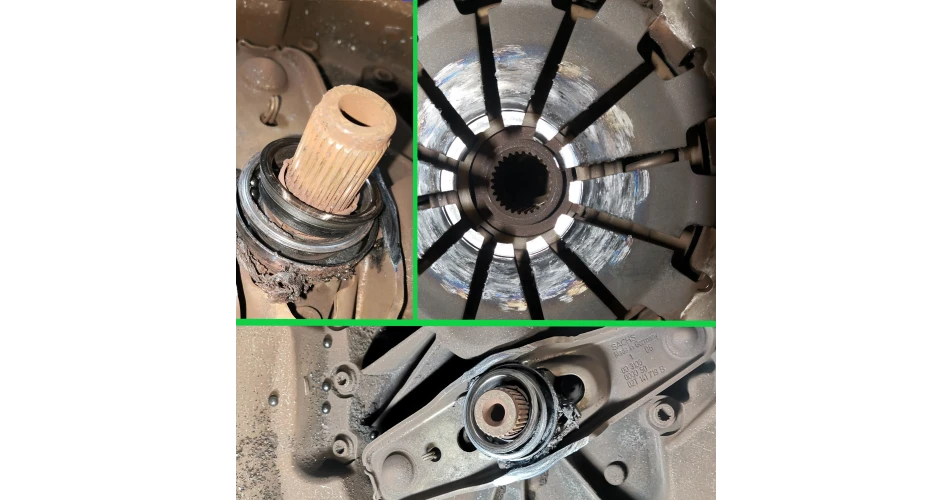The introduction of the automatic adjustment of the clutch, is something which has probably saved quite a few clutches from premature failure over the years. No longer does the cable need to be slackened off slightly during servicing, to allow for the change in thickness of the friction plate, and the corresponding change in position of the diaphragm spring.
What would appear to be quite a simple operation, of releasing the pressure on the clutch plate to allow the gearbox to be disengaged for gear changes would on the surface look very similar to its earlier counterpart.
But the self-adjusting mechanisms used in the modern vehicle are more complex, and this allows the clutch operation to continue throughout the life of the clutch relatively unchanged. The clutch requires no manual intervention to maintain its feel and operation. This means that when the clutch does fail, as it did on this 2006 1.4 VW Golf S, it can come as quite a surprise to its owner.
With this particular vehicle, it was not the clutch plate which had worn down excessively causing clutch problems, but the release bearing which had failed. This resulted in a not only a poor feel to the pedal, but a screaming coming from the failing release bearing in the gearbox.
Fortunately, the owner had the sense to get the clutch changed before any further damage occurred.
You can
download this story as a PDF, as well as other technical tips at TechTips.ie.
There are lots more Tech Tips to view, and they are all searchable, on
TechTips.ie.

